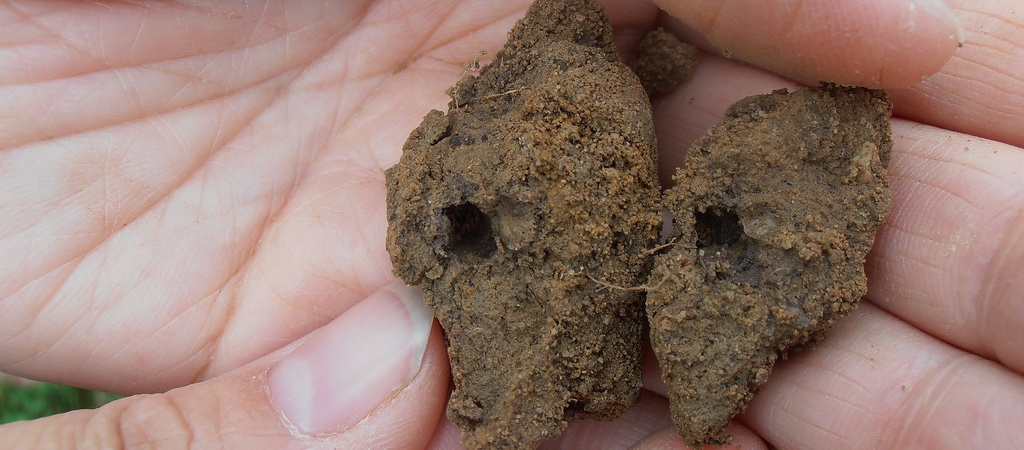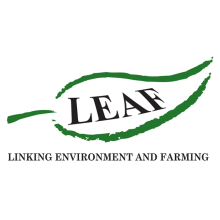Simply Sustainable Soils
Six Simple Steps for your soil to help improve the performance, health and long-term sustainability
LEAF’s soil assessment tool to help you improve the soil on your farm and long-term sustainability of your land using ‘Six Simple Steps.’
Resource explained
This booklet was developed by LEAF as a tool to help you get the best out of your soil and track changes in soil quality on your farm over time, and to improve awareness of the importance of soil quality. It takes you through ‘Six Simple Steps,’ designed to help you improve the performance, health and long-term sustainability of your land. It recommends recording and mapping your results to build-up a long-term picture of how your soil is improving, and to take photographs of areas prone to erosion, compaction and poaching. The six steps described are: soil structure, drainage, compaction, soil organic matter status, soil pH and nutrients, and biological health. Each step section is accompanied by a score chart you can use. A table at the end of the booklet allows you to enter your scores, with an emphasis on annually assessing and planning soil improvements on your farm.
Findings & recommendations
- The introduction outlines the importance of accurately assessing, testing and sampling your soil, explaining what a ‘good’ soil looks like, how to assess soil texture, and what you need to monitor.
- ‘Soil Structure’ describes how you can carry out both quick and more detailed assessments of your best and worst fields, taking you through how to do it and what you will need.
- ‘Drainage’ explains signs of poor drainage to look out for and describes what differences in soil colour can indicate.
- ‘Compaction’ outlines some impacts of compaction and how you can identify the levels of it in your field.
- ‘Soil Organic Matter Status’ briefly describes the importance of organic matter, how to visually assess the levels, and how you can improve it.
- ‘Soil pH and Nutrients’ includes a description of how you can test for soil pH and nutrients and a quick reference guide of optimum pH according to your field type.
- ‘Earthworms, Living Organisms & Plant Residues’ explains that the easiest way to determine biological health and functioning and organic matter status of your soil is to assess the level of earthworms in the soil. It describes a detailed test you can carry out to assess their presence.


